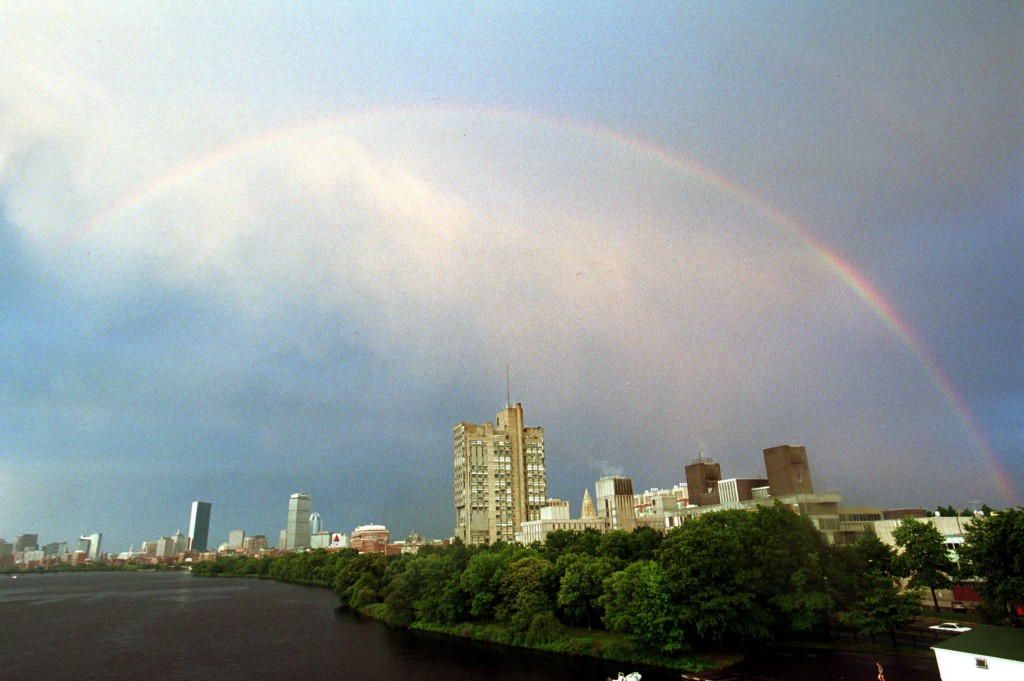The American Council for an Energy-Efficient Economy has published its 2015 edition of the biennial City Energy Efficiency Scorecard, ranking U.S. cities based on their local energy policies and initiatives, with Boston coming out on top. “All aspects of city life, from the buildings people work and live in to the ways they travel to the services… Keep reading →
Boston
Energy News Roundup: Boston On Top Again, West Stands Firm On Russia Sanctions & China Set For Brazilian Investment
By Conor O'SullivanSign up and get Breaking Energy news in your inbox.
We will never sell or share your information without your consent. See our privacy policy.Energy News Roundup: $6B Ghana Gas Project, Higher Natural Gas Prices Expected & Energy Key to African Growth
By Jared AndersonItalian firm Eni won rights to develop the Offshore Cape Three Points (OCTP) block in Ghana that is expected to start up in 2017. “This project promises to deliver up to 170 million cubic feet of gas per day for the next 20 years and put Ghana on its way to a future where one… Keep reading →
The American Council for an Energy-Efficient Economy yesterday released a report ranking the 34 largest US cities on energy efficiency. “By considering both policies and energy performance, the City Scorecard reflects the current activities and historical legacies in each city, and as a result provides actionable information to policymakers and residents,” the group writes in… Keep reading →
Respected oil and gas industry analysts Ed Morse and Amy Meyers Jaffe teamed up to write a Foreign Affairs piece that argues in favor of US LNG (and even crude oil) exports. They address some of the most common claims leveled by opponents and make a strong case for why US energy exports are in… Keep reading →

Chicago is known as the Windy City, but in truth, Boston is breezier. Beantown has the highest average wind speed of any major city in the United States, at 12.4 mph.
Does it make you wonder how much energy might be generated if wind turbines were placed atop some of its tall buildings? It makes the folks at Eastern Wind Power wonder. A maker of vertical-axis wind turbines, EWP has embarked on a project to gather wind data from 10 high-rises in Boston. It hopes to show that its turbines could be significant power producers for big-city buildings. Keep reading →




